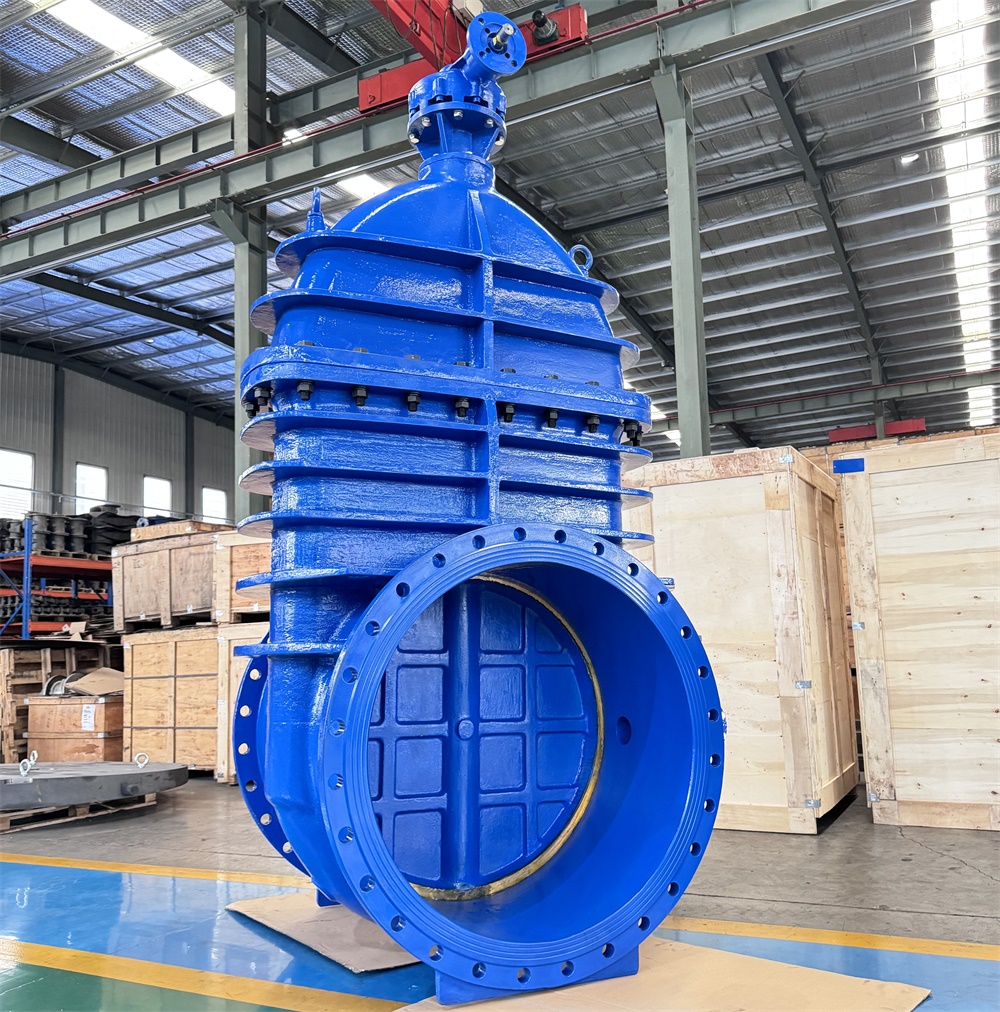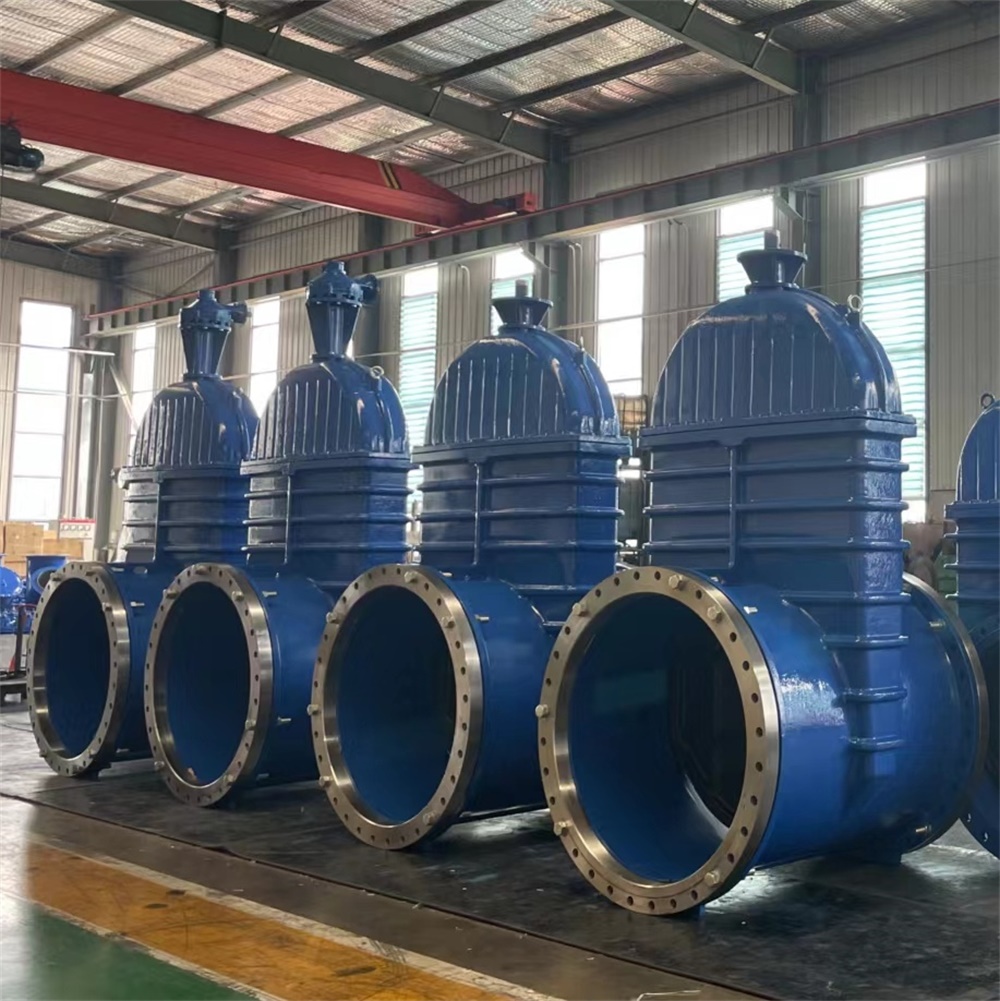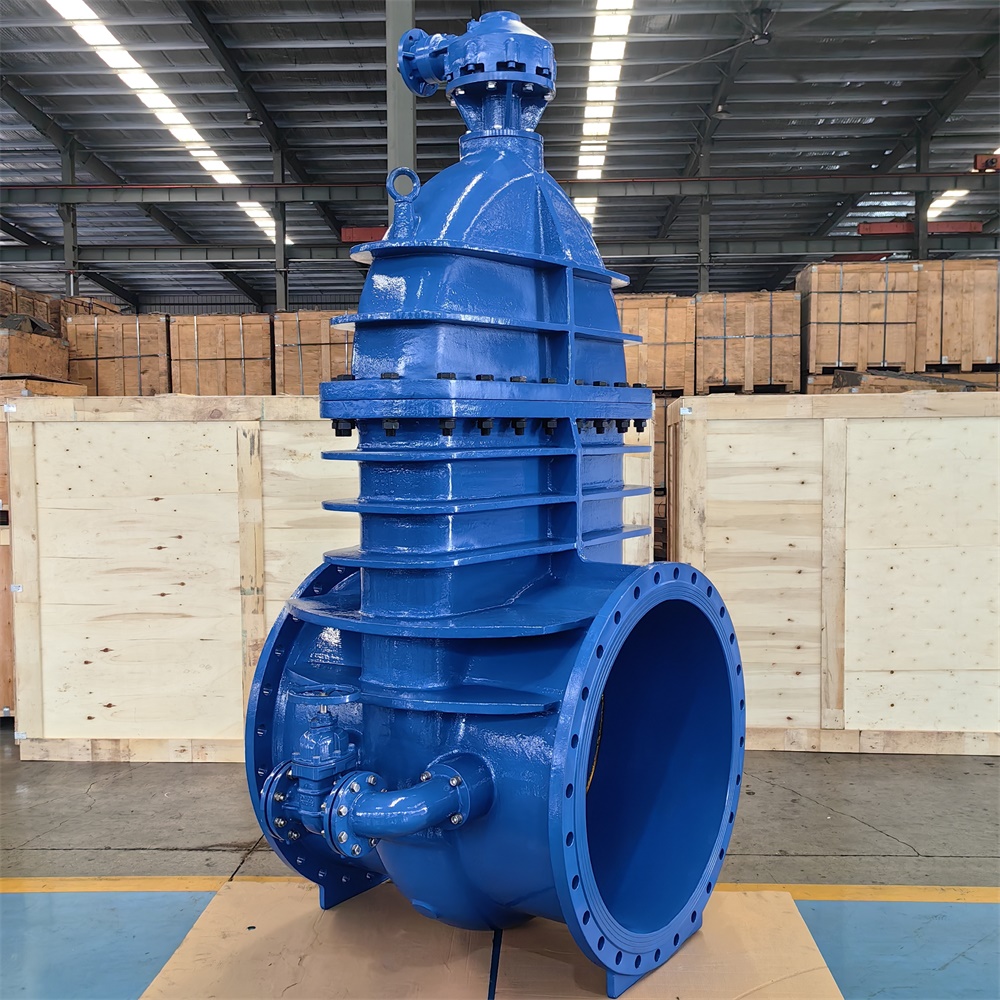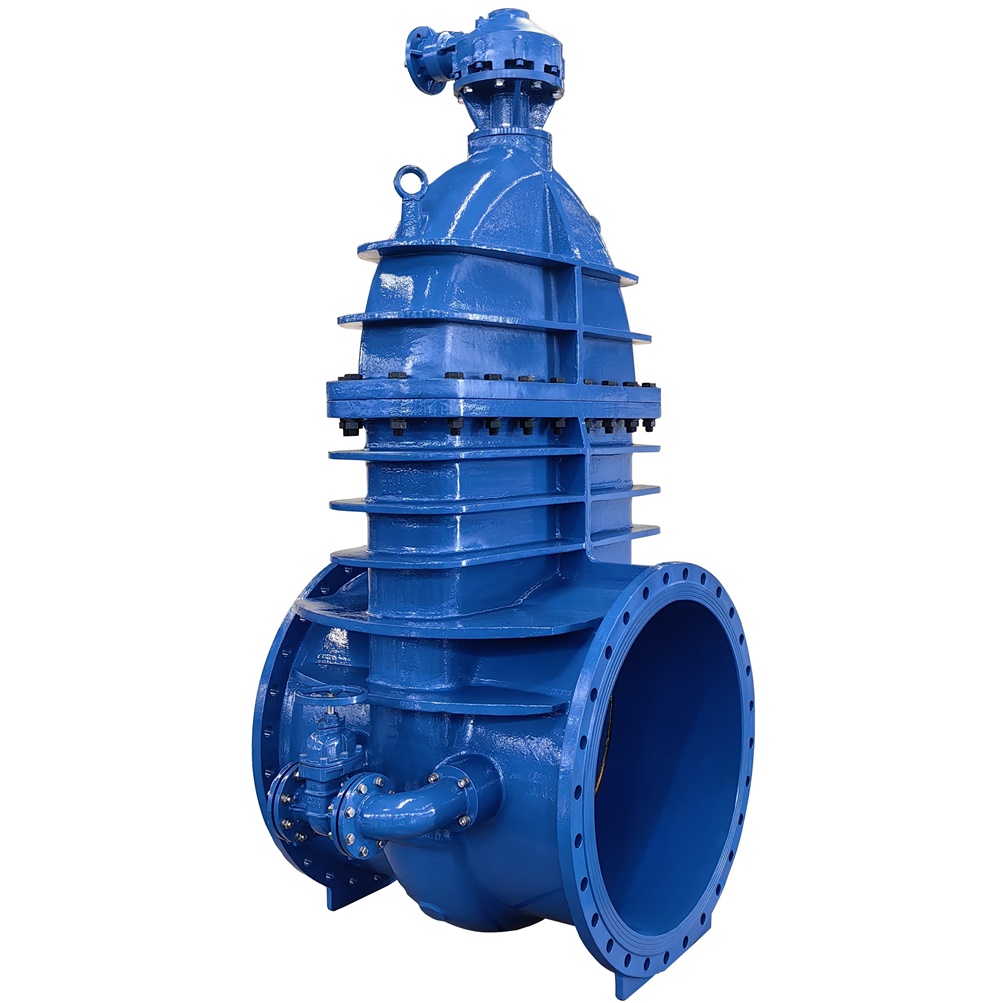How to deal with the malfunction of soft sealing gate valve?
Publisher:Botou ValveSoft-sealed gate valve is driven by compressed air, and the ball rod can drive the ball to turn 90 degrees to achieve full-open-closed action. Seat type: T, F, C. The auxiliary accessories include air filter pressure reducing valve, limit switch and solenoid valve. Among them, the main function of the air filter pressure relief valve is to stabilize the pressure and filter impurities and water vapor in the air. The valve often leaks air when it is used for a certain period of time.
Following is a brief introduction of the valve's common failures and corresponding maintenance methods. For the leakage mode of soft sealing gate valve, there are several common ways as follows:
1. The leakage of the solenoid valve on the cylinder may be due to the high pressure in the relief valve.
2. The leakage of exhaust holes in cylinders is due to the aging of the sealing rings between the two moving parts inside the cylinders and the sealing parts of the cylinder block.
3. The upper and lower parts of the cylinder leak because the sealing ring between the actuator and the cylinder fails to achieve the sealing effect due to the frequent activities of the actuator.
4. In addition to the above three cases, there is another case that may cause cylinder leakage, that is, the spring in the cylinder is damaged, because the force is not in place, which may also cause the closure is not in place. Corresponding solutions: 1. Change the sealing ring of the actuator. 2. Sealing ring at cylinder. 3. Adjust the pressure of the relief valve to 3-5 kg, or open the lower part of the solenoid valve for ventilation several times, sometimes it is possible to change the solenoid valve. 4. Spring in cylinder. When solving the problem of cylinder leakage, we must consider the actual situation, such as whether the valve is air-opened or air-closed. For air-opened valves, we can first close the hand valves at both ends, and then let the central control open the valve. First, the connecting piece at the connection is dismantled, and then the gas source is cut off. At this time, the gas at the pressure relief valve is released. Note that the actuator will rotate at 90 C. After replacing the actuator, we must pay attention to moving the actuator back to its original position.




